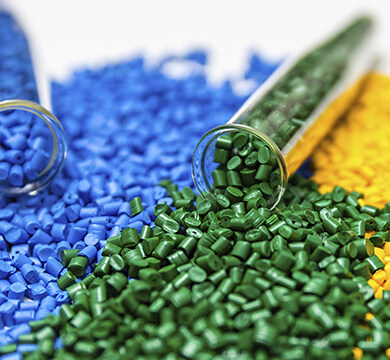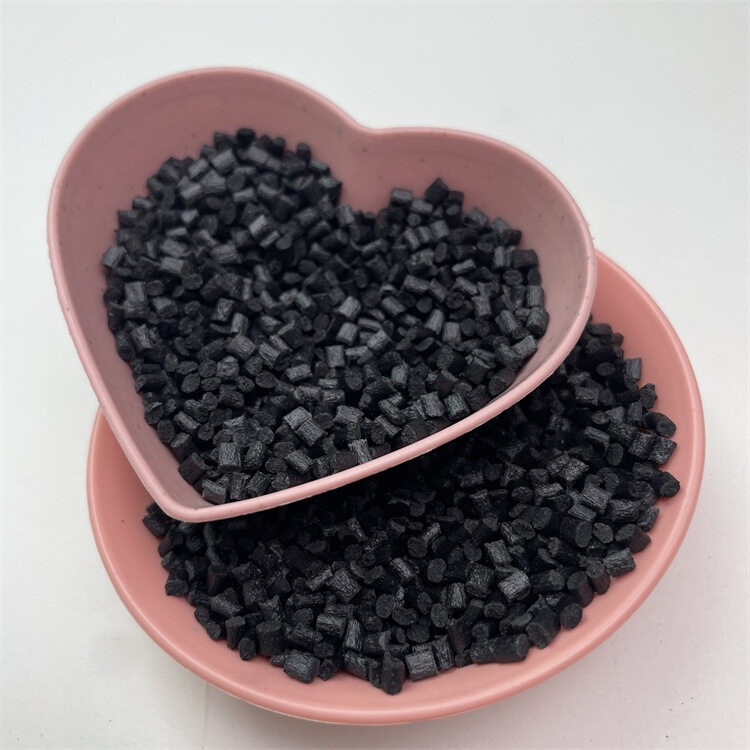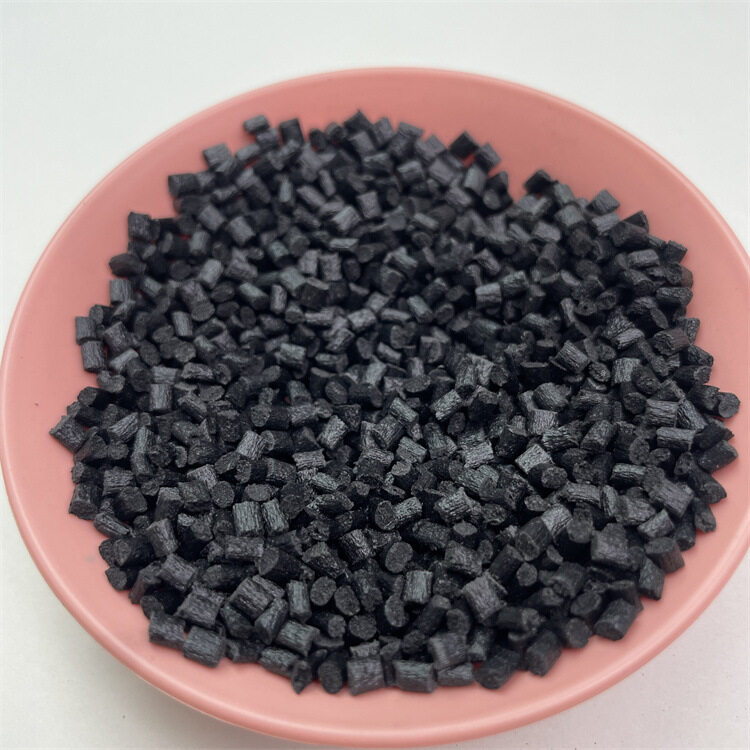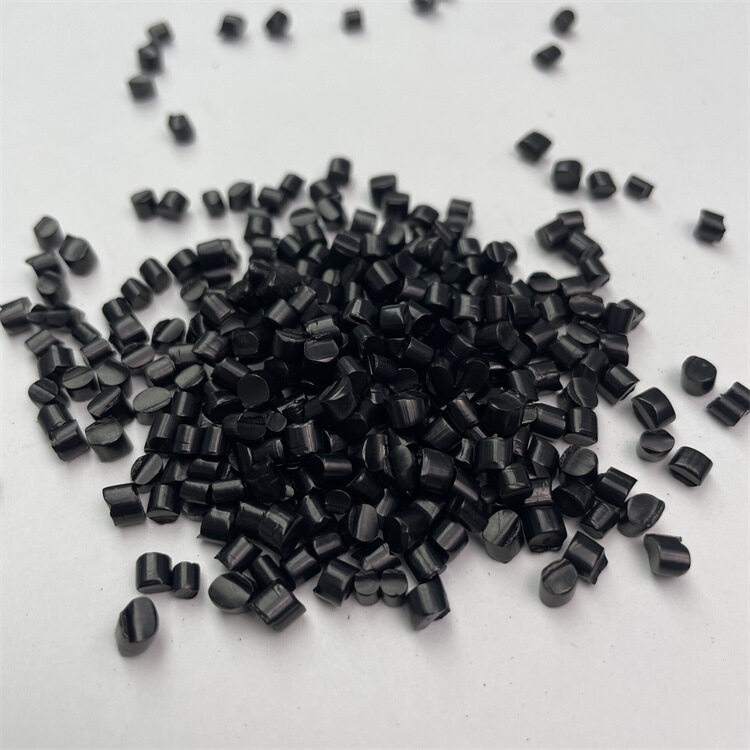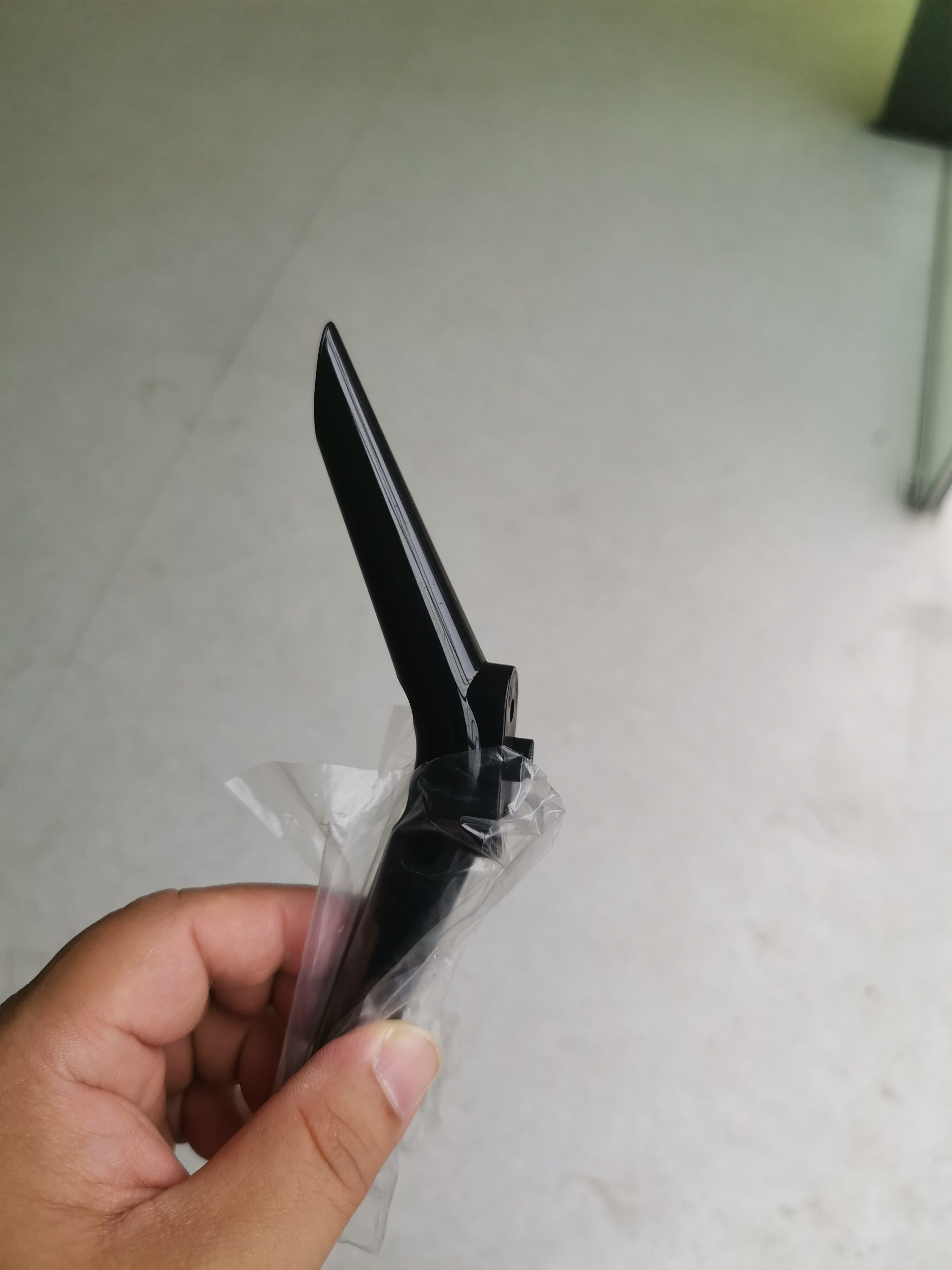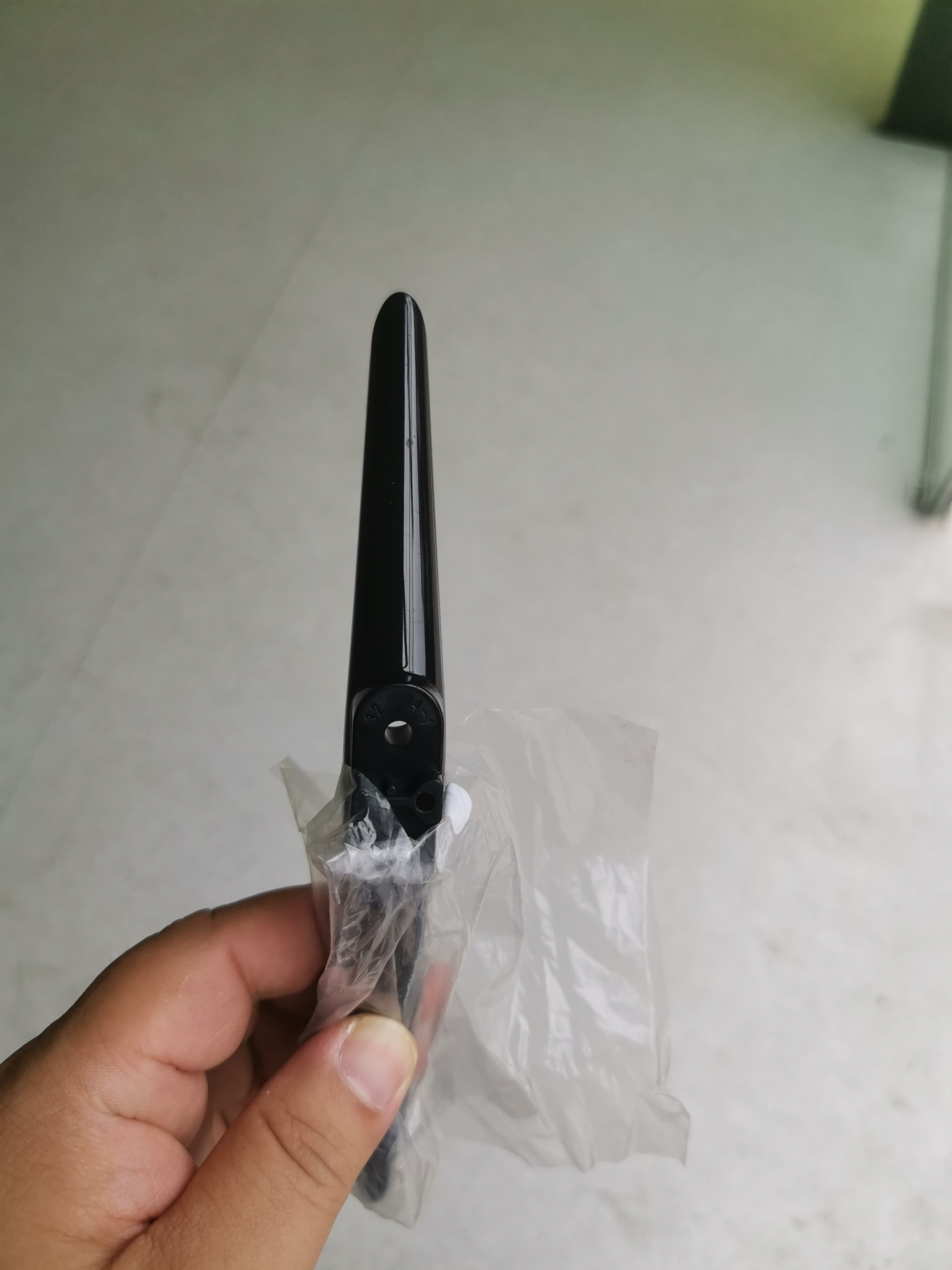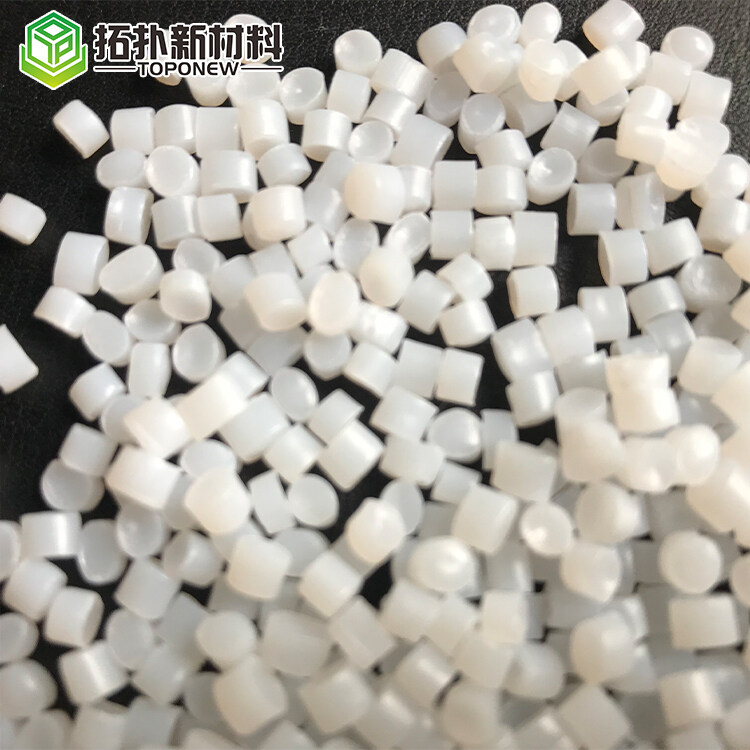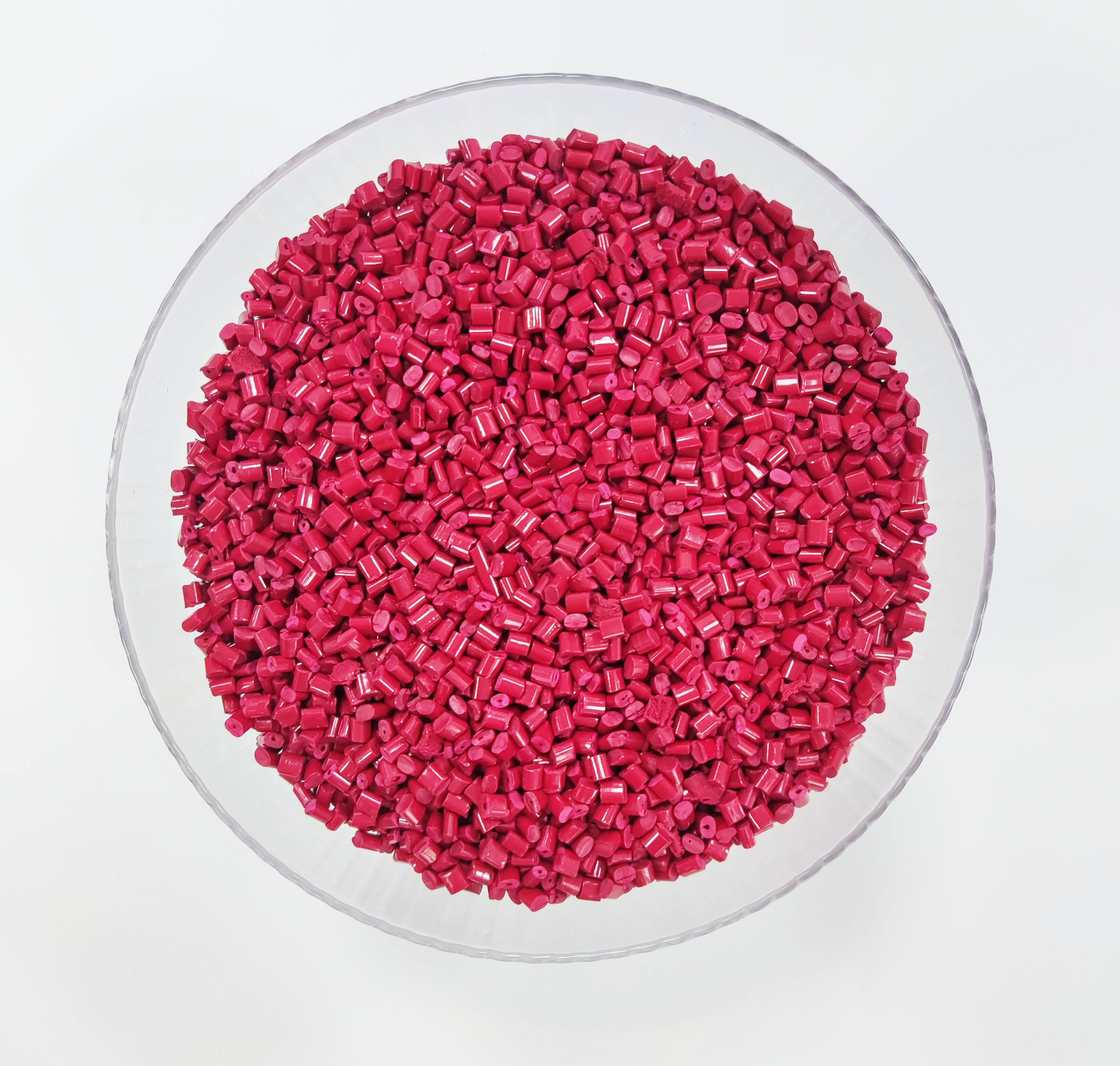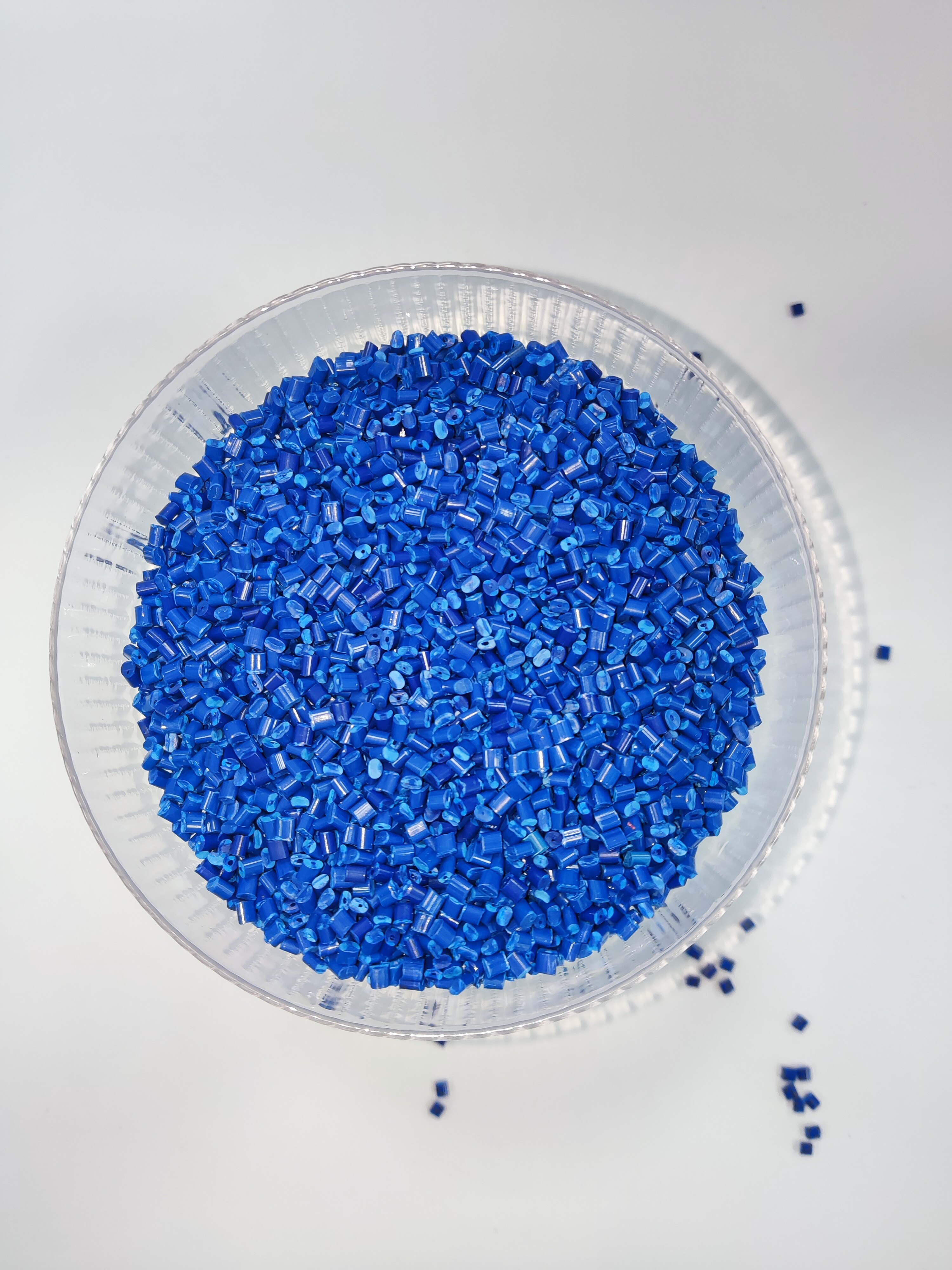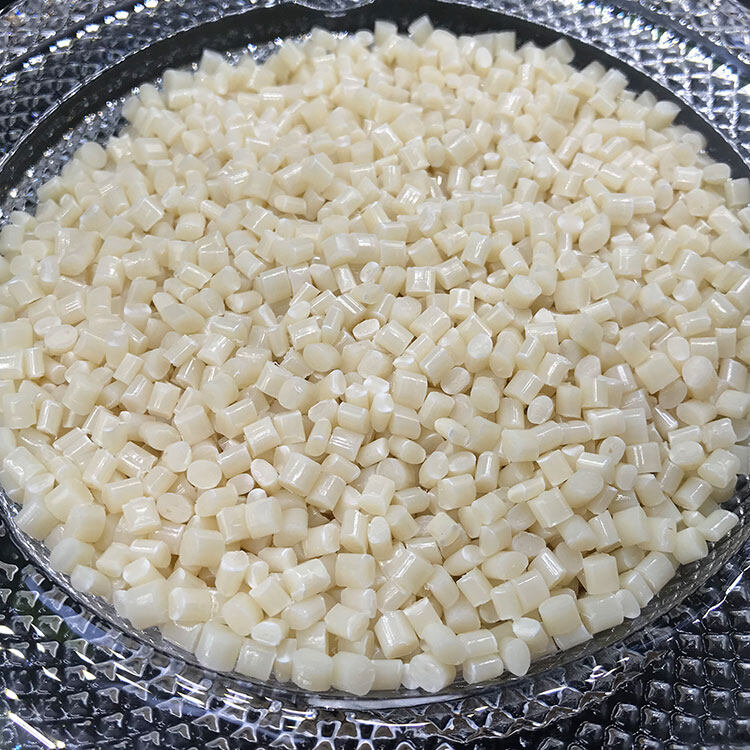Email format error
Email cannot be empty
Email already exists
6-20 characters(letters plus numbers only)
The password is inconsistent
Email format error
Email cannot be empty
Email does not exist
6-20 characters(letters plus numbers only)
The password is inconsistent

ABS A07C30BK
Carbon Filled: 30%
(Custom materials available according to your Technical Data Sheet)

Customizable Materials Available:
- Color (Customization of plastic pellet color according to your requirements.)
- Flame retardant grade (Let us know which flame retardant level you need: 0.8mm-3.0mm HB, V0, V1, V2, 5VA, 5VB)
- Glass fiber reinforcement material (10%-50% availability)
- Carbon fiber reinforcement material (10%-50% availability)
- UV resistance property (Tell us the application scenarios or UV resistance level of the materials )
- Other materials can also be customized ( Just need to provide your Technical Data Sheet. )
The Technical Data Sheet of ABS A07C30BK
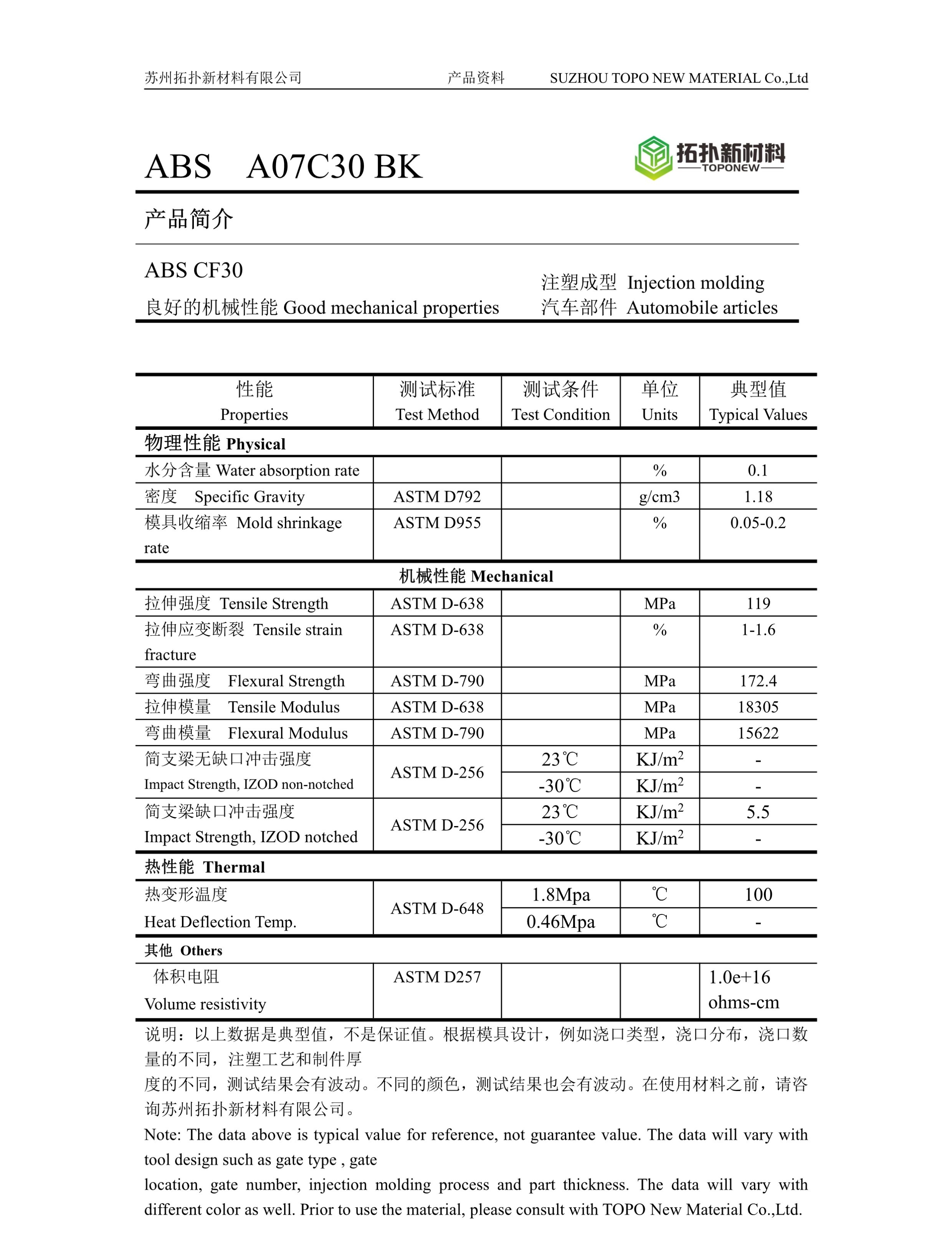
ABS A07C30BK is a type of ABS granules that are carbon-filled, with a carbon content of 30%. ABS, also known as acrylonitrile butadiene styrene, is a versatile and widely used thermoplastic material with excellent mechanical and chemical properties. ABS A07C30BK offers enhanced strength and stiffness due to the incorporation of carbon fiber reinforcement.
One of the key advantages of ABS is its exceptional impact resistance, making it suitable for applications that require durability in various industries. Additionally, ABS exhibits good heat resistance, flame resistance, and electrical insulation properties, further enhancing its versatility.
We are ABS resin manufacturers and employ advanced production techniques to ensure consistent quality and performance of their ABS products.
Carbon fiber reinforced polymers (CFRPs) are composite materials that combine the strength and lightweight properties of carbon fibers with the versatility of other polymers, such as ABS. By incorporating carbon fibers into ABS, CFRPs offer even higher strength and stiffness, making them ideal for demanding applications that require superior mechanical performance.
Overall, ABS A07C30BK is a carbon-filled ABS granule that combines the advantageous properties of ABS with the added strength and stiffness provided by carbon fibers. This material is sought after by industries that require a durable, heat-resistant, flame-resistant, and electrically insulating solution for their manufacturing needs.
Q & A
1.What is acrylonitrile butadiene styrene used for?
Acrylonitrile butadiene styrene (ABS) is a widely used thermoplastic material due to its excellent combination of properties. Some of the common applications of ABS include:
Automotive parts: ABS is used in various automotive components such as interior trim, dashboards, door panels, handles, and exterior parts like bumpers and mirror housings. Its impact resistance, heat resistance, and ability to be molded into complex shapes make it suitable for these applications.
Consumer goods: ABS is extensively used in consumer products such as appliances, electronics, toys, and sports equipment. Its durability, chemical resistance, and ease of processing make it a popular choice.
Building and construction: ABS is utilized in the construction industry for applications like pipe fittings, door and window frames, and wall panels. Its resistance to weathering, impact, and chemical exposure make it suitable for these applications.
Packaging: ABS is used for packaging materials such as protective cases, luggage, and storage containers. Its lightweight yet robust properties make it suitable for providing protection to delicate items.
Industrial applications: ABS finds application in various industrial sectors for components like machine housings, enclosures, and tool handles. Its strength, rigidity, and thermal stability allow it to withstand harsh industrial environments.
Medical devices: ABS is used in the healthcare industry for products like instrument handles, medical equipment housings, and lab equipment. Its biocompatibility, sterilization resistance, and ease of cleaning are advantageous in medical device manufacturing.
3D printing: ABS is a common material used in 3D printing due to its favorable balance of strength, impact resistance, and printability characteristics. It is commonly found in desktop as well as industrial-grade 3D printers.
2.Acrylonitrile Butadiene Styrene VS Polycarbonate
Acrylonitrile butadiene styrene (ABS) and polycarbonate are both common thermoplastic materials used in a variety of applications. Here are some key differences between ABS and polycarbonate:
Properties: ABS is known for its high impact resistance and toughness, making it suitable for applications that require durability. It also has good chemical resistance and can withstand high temperatures. On the other hand, polycarbonate is highly transparent and has excellent impact resistance, making it ideal for applications that require clarity and shatter resistance.
Manufacturing: ABS is relatively easy to mold and can be used in injection molding processes. It has good flow properties, allowing for intricate designs and details. Polycarbonate can also be injection molded but requires higher temperatures and has a more viscous flow. It can also be thermoformed into complex shapes.
Applications: ABS is commonly used in automotive parts, appliances, toys, and consumer electronics due to its impact resistance and toughness. Polycarbonate, being highly transparent and shatter-resistant, is often used in applications such as eyewear, safety helmets, automotive glazing, and electronic components.
Cost: ABS is generally more cost-effective compared to polycarbonate, making it a popular choice for many applications. However, the price difference can vary depending on factors such as supplier, quality, and specific application requirements.
When choosing between ABS and polycarbonate, it is important to consider the specific requirements of your application, such as mechanical strength, optical properties, and cost. It is always recommended to consult with material suppliers or engineers to determine the most suitable material for your needs.

